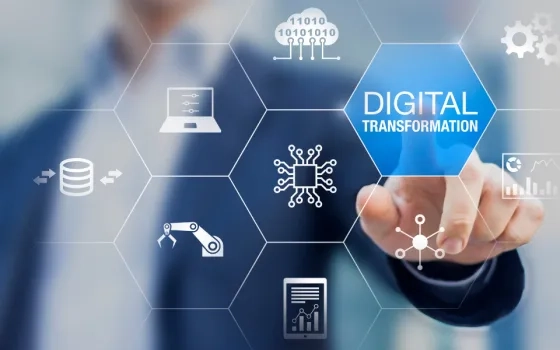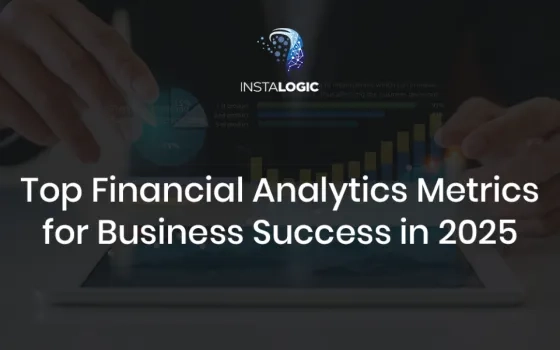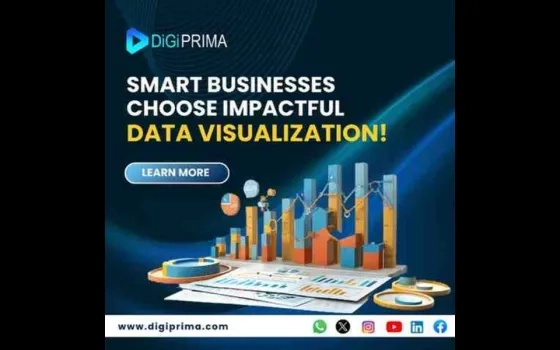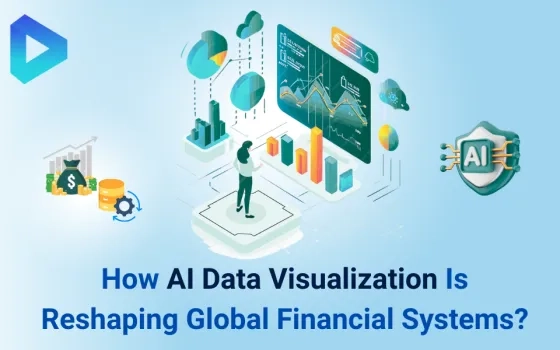I review my predictions for 2016, and offer a set of predictions for 2017 (while duly acknowledging that some things are unpredictable).
Last year, I had made five predictions for healthcare information technology in 2016. In this, my final post of 2016, I will be reviewing how my predictions turned out, and update the outlook for 2017.
As I write this, President Obama has just signed into law the 21st Century Cures Act, a remarkable achievement coming out of a bipartisan effort that creates funding for the cancer moonshot and aims to reduce FDA regulations, among other things. Healthcare IT is likely to get a boost from the increased focus on data for research and outcomes.
Here’s a review of my five predictions for 2016, along with two new predictions for 2017 — and a caveat.
1: Interoperability: Continuing progress
Last year, I predicted interoperability would remain a top issue in 2016. The good news is that there is progress — however, it is far from resolved. In its 2016 report on the progress of health IT to Congress in November this year, the Office of the National Coordinator for Healthcare IT (ONC) highlighted patient access to their medical records and information blocking by electronic health record (EHR) vendors as issues to address. The 21st Century Cures Act requires health technology vendors to make disclosures about interoperability, and potentially face penalties for information-blocking practices.
During the year, we saw increased adoption of vendor-neutral FHIR standards, developed by the HL7 organization, as an alternative to proprietary interfaces by leading vendor EHR systems. The recent collaboration between the not-for-profit Sequoia Project’s Carequality Interoperability Framework and the Commonwell Health Alliance, a consortium of health IT vendors that aims to promote interoperability, will boost data sharing among providers.
In 2017, we will continue to see progress; however, full interoperability as seen in other sectors such as financial services may remain just out of reach.
2. Healthcare consumerism: On the rise
The digital transformation of healthcare is well under way, driven by the rise in healthcare consumerism. The rising costs of healthcare, especially the double-digit increases in exchange premiums along with an increase in deductibles, have made healthcare consumers much more discerning about the costs of care. At the same time, hospitals and health plans alike, driven by a need to improve their patient/member engagement levels, have invested in technology enablement of the digital consumer experience. Consulting firm Mckinsey predicts that in the near future, healthcare consumers will look to a variety of providers for their medical needs and will create their own “digital ecosystems” to control where they access healthcare, who they access it from, and what price they pay.
In 2017, we will continue to see rising healthcare consumerism, and an aggressive push by healthcare enterprises toward digital transformation, driven primarily by a need to improve patient/member experience.
3. Big data analytics: Make way for cognitive computing and A.I.
I had predicted that big data analytics would struggle to prove its value. In fact, it seems the term “big data” has fallen off a cliff this year, as analytics became embedded in digital solutions and platforms. VC firm Rock Health’s midyear review of digital health funding indicates significant funding for categories such as wearables and sensors, population health management, and personal health tools which are classified as “consumerization” apps, though in reality in all of these categories analytics is integrated into the offerings. Powerful enterprise platforms such as IBM’s Watson Health made their mark in 2016, especially in applying cognitive computing to large data sets in oncology, and through strategic partnerships with Medtronic, Siemens and others.
In 2017, we are more likely to hear terms such as cognitive computing and artificial intelligence (A.I.), and less likely to hear the term “big data analytics,” which now seems to be limiting in its description of the actual work being done in advanced analytics. A related term that we will hear more of in 2017 is the internet of things (IoT), which refers to the ever-expanding ecosystem of data-collecting devices, such as wearables and sensors.
4. Healthcare startups: Make nice with regulators in 2017
I had predicted that healthcare startups would run afoul of regulators and several healthcare apps will shut down in 2016.
In 2016, Theranos, a lab test startup once valued at over $9 billion, virtually disappeared under FDA scrutiny arising from whistleblower revelations. Zenefits, another unicorn that was trying to disrupt the insurance brokerage business, is limping back to normalcy after violating insurance industry regulations. Fortunately, we have not seen any other big blowups this year from the startup world.
In 2017, healthcare startups are likely to tread very carefully when it comes to regulators, chastened by the experience of Theranos and Zenefits.
5. The rise of non-CIO executives in technology decisions: Not quite yet
I had predicted that as digital transformation takes hold and more businesses turn into software-led enterprises, the CIO’s influence would likely decline, and non-CIO executives would play more prominent roles in technology decision-making in 2016. My firm recently conducted a survey of technology industry executives in which respondents clearly indicated that their primary customer remains the CIO, though the respondents also acknowledged the rise of the chief marketing officer (CMO) as a decision-maker.
In 2017, the CIO will remain as important as before in deciding how to spend technology budgets. However, in certain areas, such as digital transformation, CMOs are increasingly likely to be in control.
What’s new in 2017?
I have decided to include a couple of new predictions this year to the updates above.
6. IT security and data privacy: CISOs rule
In 2016, healthcare experienced record levels of data breaches, rising incidents of ransomware, and an increase in the targeting of HIPAA business associates. IoT devices have increased the vulnerability of the connected health ecosystem to cyberattacks and data breaches.
Consumer data company Experian has predicted that healthcare will be a top target for cyberattacks in 2017, and more than 90% of healthcare industry lawyers predict that healthcare is at greater risk of data breaches than other sectors.
Healthcare will spend more on IT security in 2017 than ever before, and chief information security officers (CISO) will reign supreme.
7. The rise of the cloud: SaaS is all-in; enterprise IT stays put
Healthcare has been relatively slow to adopt cloud-based systems, partly due to concerns around IT security and data privacy. Cloud adoption has been steadily increasing in healthcare; however, the loads are more around backups, archiving and virtualization. Core administrative workloads are still residing in the enterprise infrastructure. Many digital health solutions are offered via a SaaS model in the cloud, especially analytics platforms that leverage cloud infrastructure for data ingestion and analysis.
As the digital transformation of healthcare picks up in 2017, the cloud will become the de facto model for new technology platforms and solutions. This will represent an effective migration of healthcare IT to the cloud. However, core platforms such as EHR systems and claim management systems are likely to remain on-premises applications for the foreseeable future.
Bonus prediction: The unpredictable
With a Republican administration under President-elect Donald Trump committed to the GOP’s longstanding goal of repealing the Affordable Care Act (ACA), there is likely to be a level of uncertainty for healthcare IT that makes it hard to call any predictions for 2017, starting with any prediction on the fate of the ACA.
I laid out the likely implications of a Trump presidency in an earlier post, but in the past few weeks, there have been conflicting accounts of what is likely to come.
For this reason, I call any prediction on healthcare IT the unpredictable for 2017.
Originally published in CIO?















